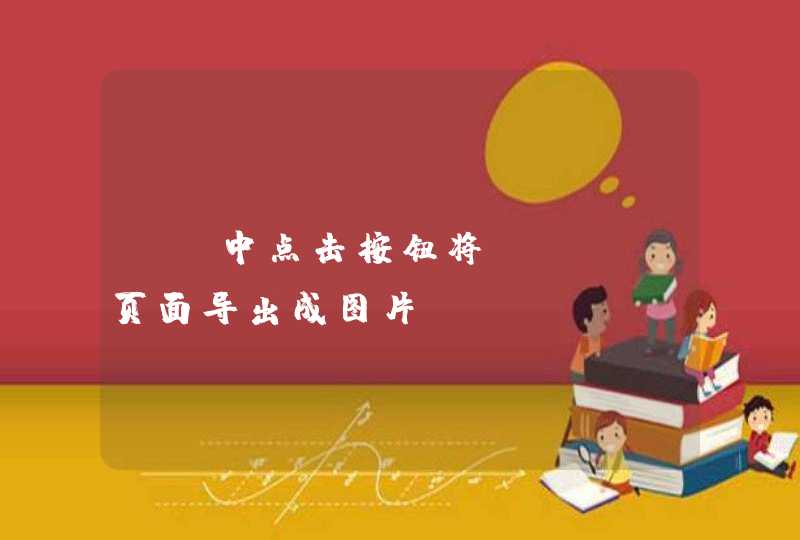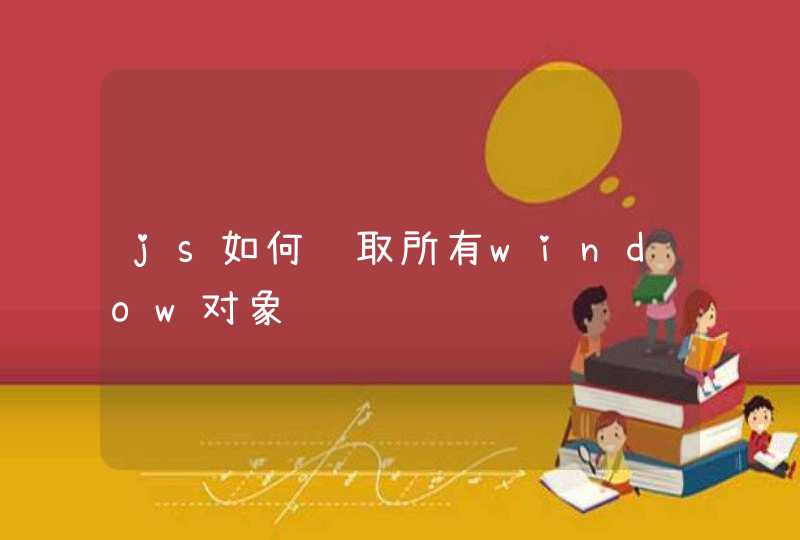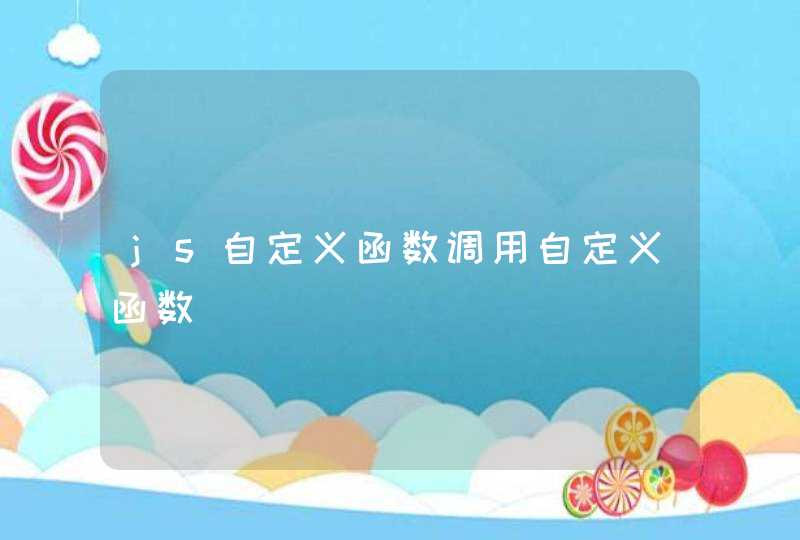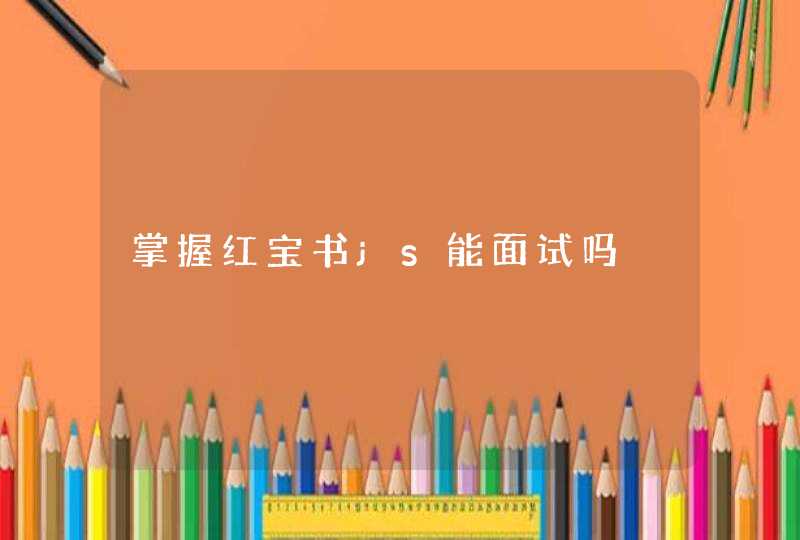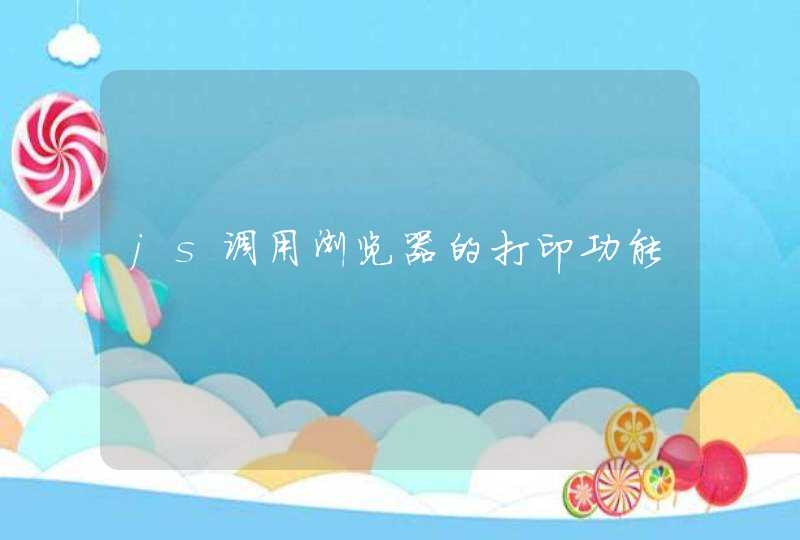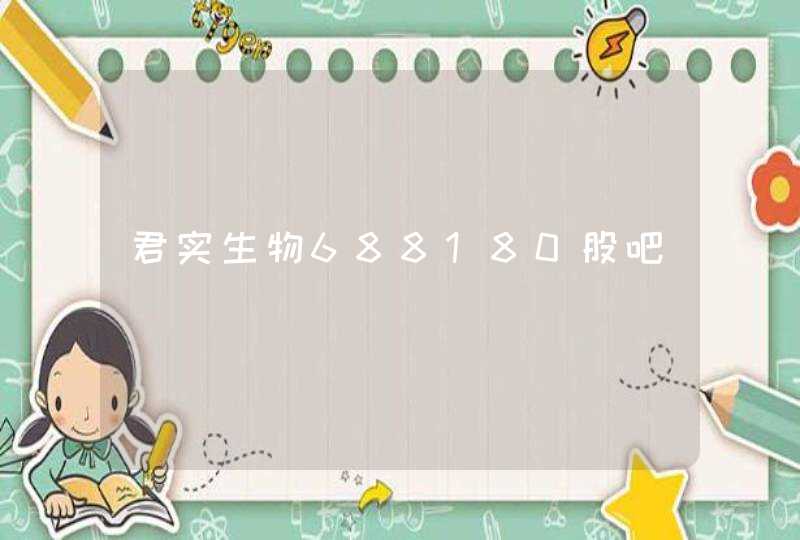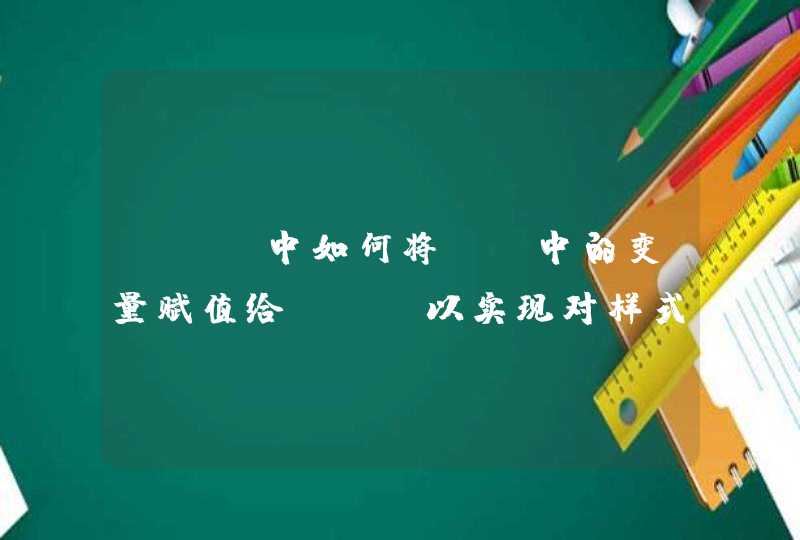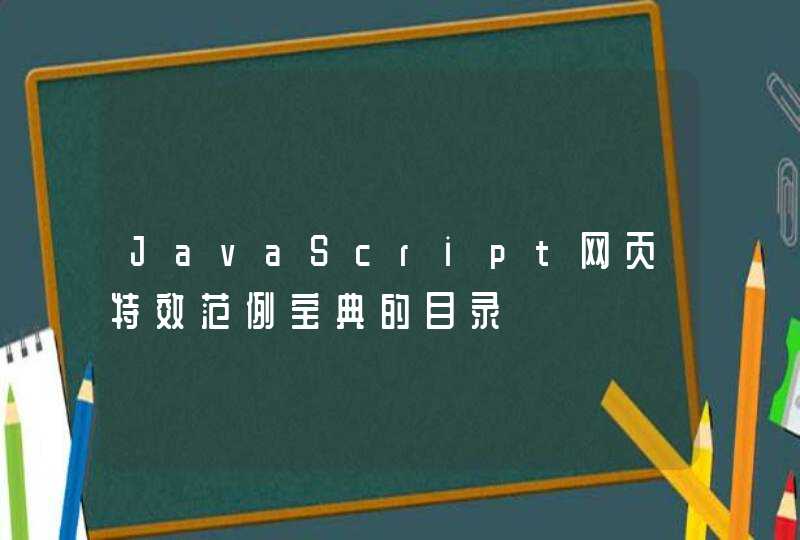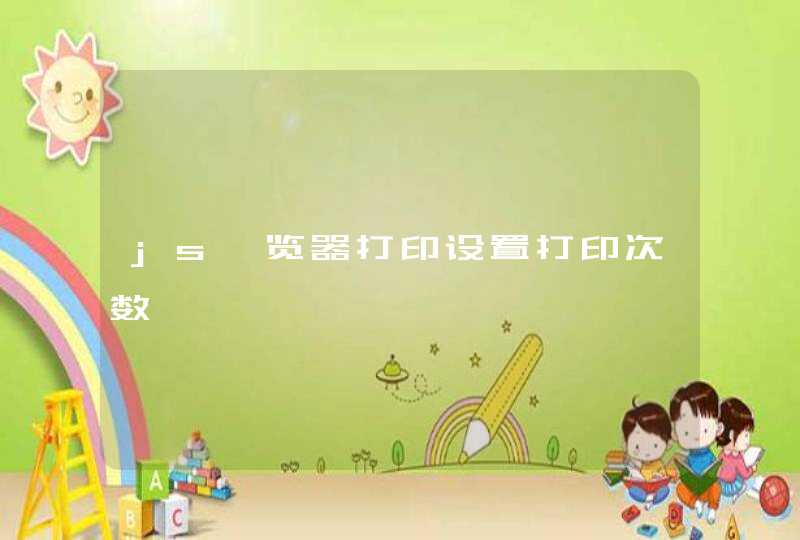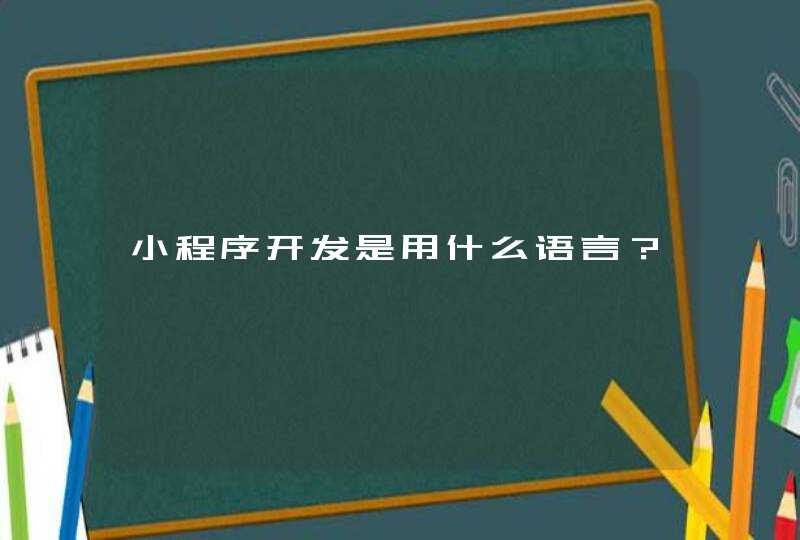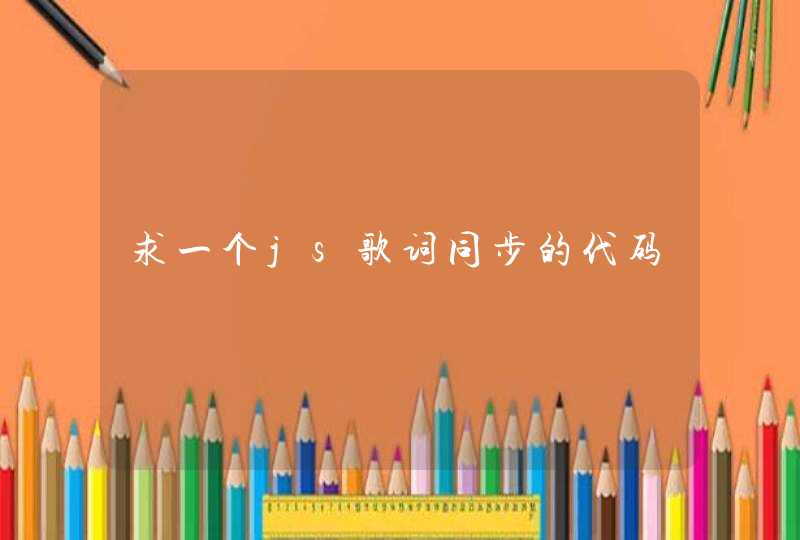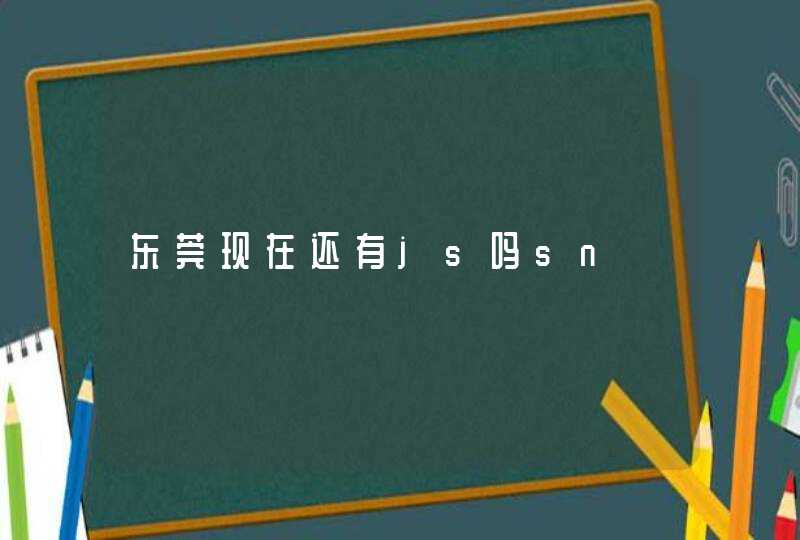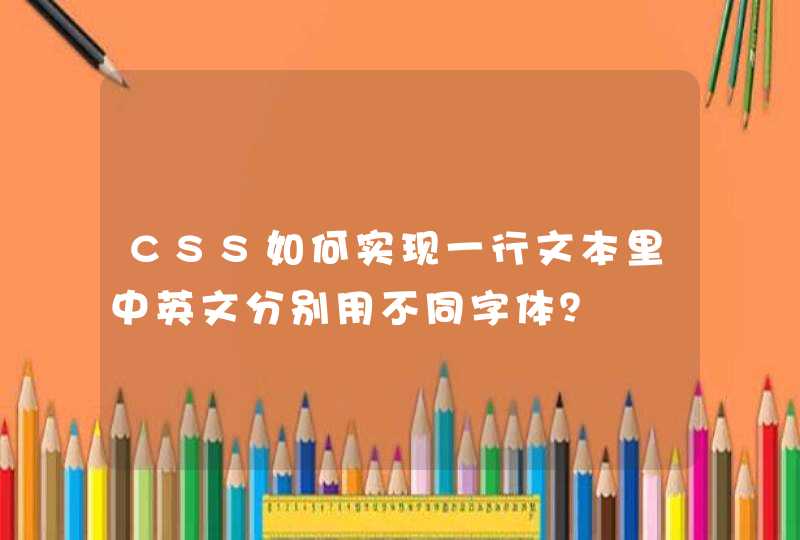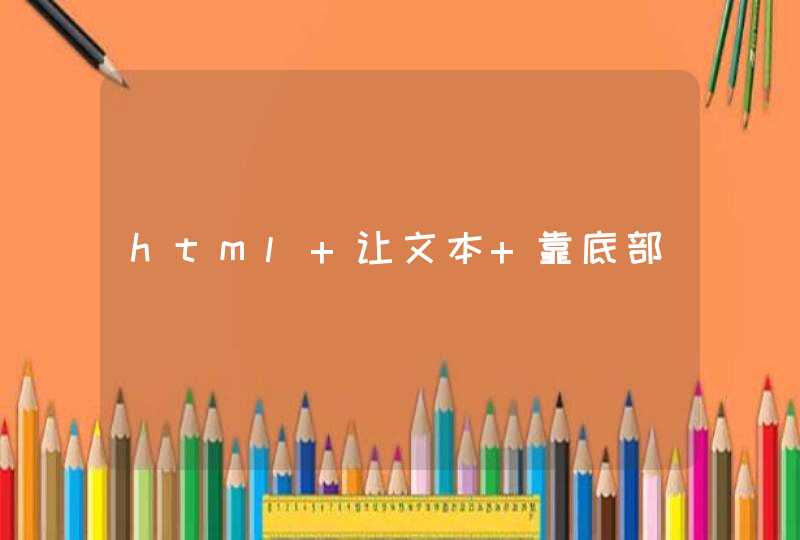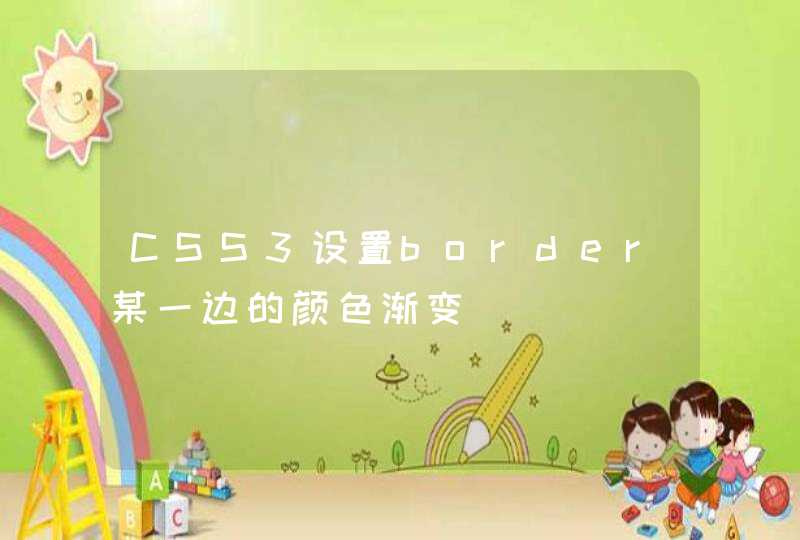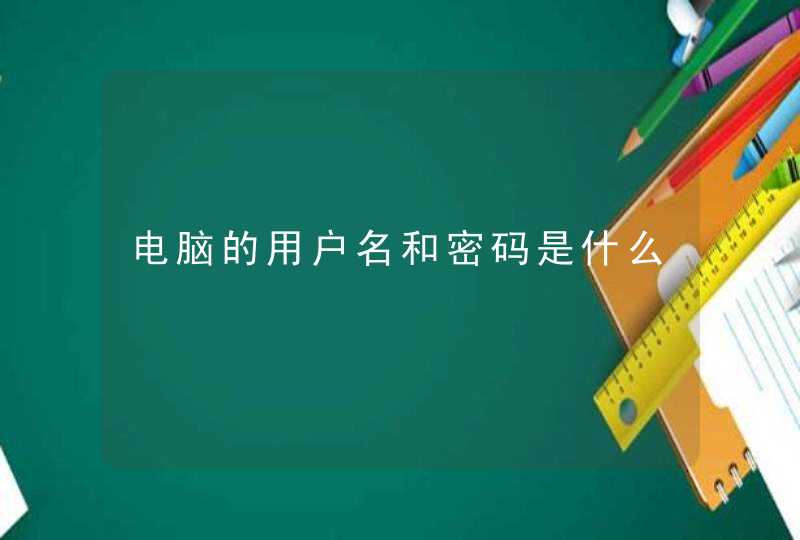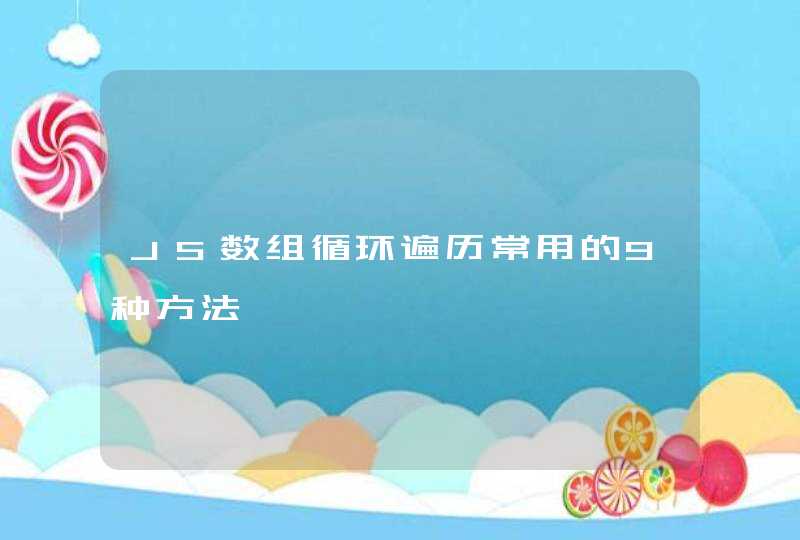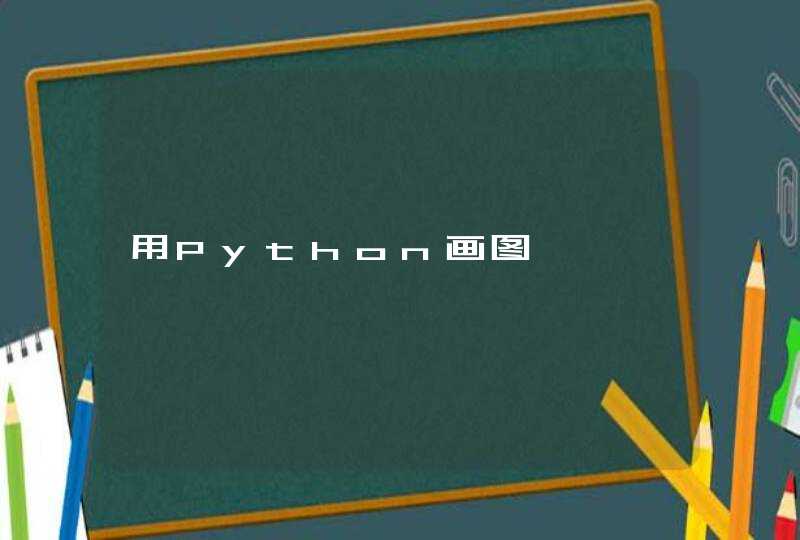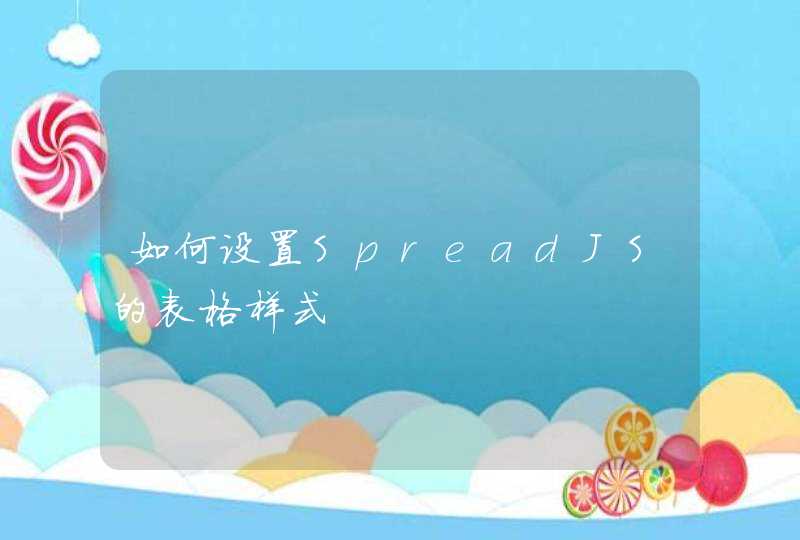
构造一个样式并设置不同的属性, 示例代码如下:
var style = new GC.Spread.Sheets.Style()
style.backColor = 'red'
style.foreColor = 'green'
style.isVerticalText = 'true'
之后可以将此样式设置给单元格, 行, 或者列:
//set style to cell.
sheet.setStyle(5, 5, style, GC.Spread.Sheets.SheetArea.viewport)
//set style to row.
sheet.setStyle(5, -1, style, GC.Spread.Sheets.SheetArea.viewport)
//set style to column.
sheet.setStyle(-1, 5, style, GC.Spread.Sheets.SheetArea.viewport)
样式在不同的层级结构中具有不同的优先级别, 如下: 单元格 >行 >列。
另外,SpreadJS 支持给样式设置一个名称, 并将这个命名过的样式加入到表单的名称样式集合中。这样让样式的使用和管理更方便。
构造一个名称样式, 并将此样式添加到表单或者 Spread 控件的名称样式集合中。
var style = new GC.Spread.Sheets.Style()
style.name = 'style1'
style.backColor = 'red'
//add to sheet's named style collection.
sheet.addNamedStyle(style)
//add to spread's named style collection.
spread.addNamedStyle(style)
当名称样式添加到表单名称样式集合中后, 可以通过样式的名称找到它:
sheet.getNamedStyle('style1')
spread.getNamedStyle('style1')
如果名称样式不再使用, 你可以将其从名称集合中删除掉:
sheet.removeNamedStyle('style1')
spread.removeNamedStyle('style1')
基本功能需要导入:gc.spread.sheets.all.x.x.x.min.js (x代表的版本号)
导入导出功能需要导入:
gc.spread.excelio.x.x.x.min.js
PDF导出功能需要导入:
gc.spread.sheets.pdf.x.x.x.min.js
打印功能需要导入:
gc.spread.sheets.print.x.x.x.min.js
形状功能需要导入:
gc.spread.sheets.shapes.x.x.x.min.js
图表功能需要导入:
gc.spread.sheets.charts.x.x.x.min.js
二维码功能需要导入:
gc.spread.sheets.barcode.x.x.x.min.js
自定义填充
除了鼠标拖拽操作之外,你也可以自定义填充数据。 它允许你在运行时设置,当你想给一片从数据源读出来的数据进行填充设置的时候,这将会非常有用。
有5种类型的填充数据:
Auto: 自动填充类型。
Direction: 填充方向。
Linear:线性填充类型。
Growth: 增长填充类型。
Date: 日期填充类型。
SpreadJS 提供了一些方法来执行填充操作。
// Fills the specified range automatically.
// When the value is a string, the value is copied to other cells.
// When the value is a number, the new value is generated by the TREND formula.
sheet.fillAuto(startRange, fillRange, {series: GC.Spread.Sheets.Fill.FillSeries.column, fillType: GC.Spread.Sheets.Fill.FillType.auto})
// Fills the specified range in the specified direction.
sheet.fillAuto(startRange, fillRange, {direction: GC.Spread.Sheets.Fill.FillDirection.left, fillType: GC.Spread.Sheets.Fill.FillType.direction})
// Fills the specified range linear trend when the source value type is number.
// The next value is generated by the step and stop values.
// The next value is computed by adding the step value to the current cell value.
sheet.fillAuto(startRange, fillRange, {series: GC.Spread.Sheets.Fill.FillSeries.column, step: step, stop: stop, fillType: GC.Spread.Sheets.Fill.FillType.linear})
// Fills the specified range growth trend when the source value type is number.
// The next value is generated by the step and stop values.
// The next value is computed by multiplying the step value with the current cell. sheet.fillAuto(startRange, fillRange, {series: GC.Spread.Sheets.Fill.FillSeries.column, step: step, stop: stop, fillType: GC.Spread.Sheets.Fill.FillType.growth}
// Fills the specified range when the source value type is date.
// The next value is generated by adding the step value to the current value.
// The step value is affected by the fill date unit.
sheet.fillAuto(startRange, fillRange, {series: GC.Spread.Sheets.Fill.FillSeries.column, unit: GC.Spread.Sheets.Fill.FillDateUnit.month, step: step, stop: stop, fillType: GC.Spread.Sheets.Fill.FillType.date})
参考下面网址:网页链接




